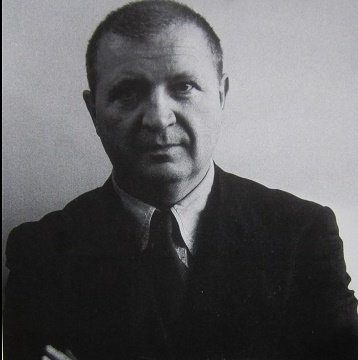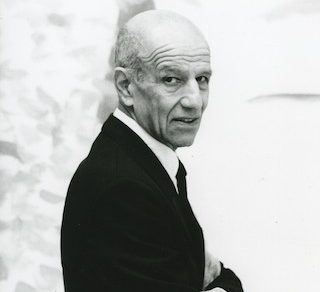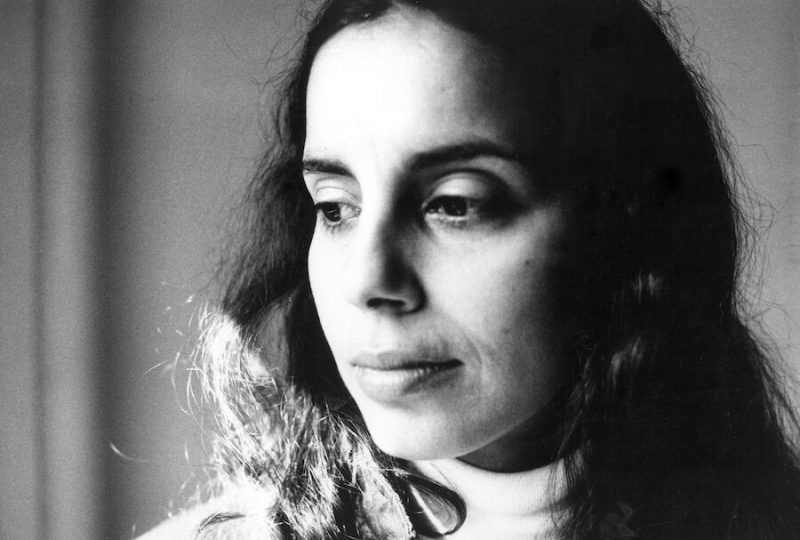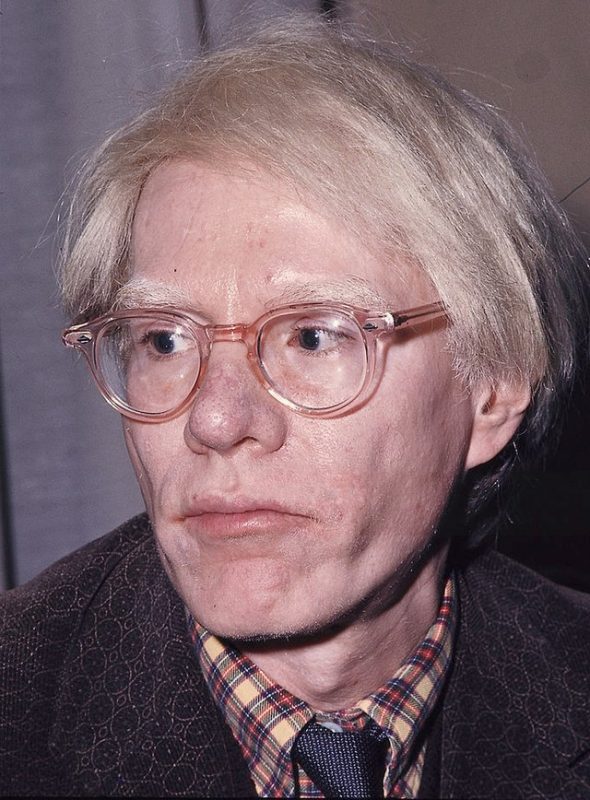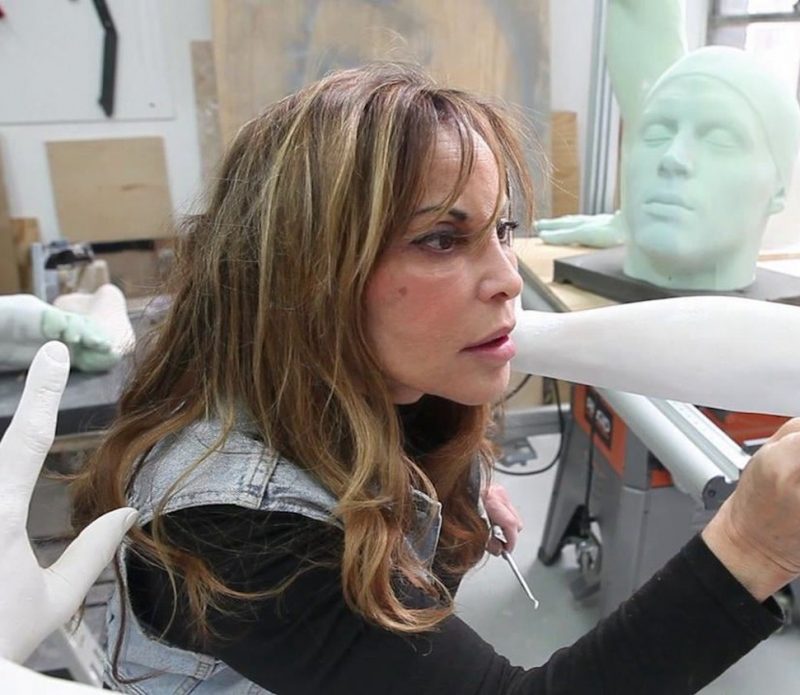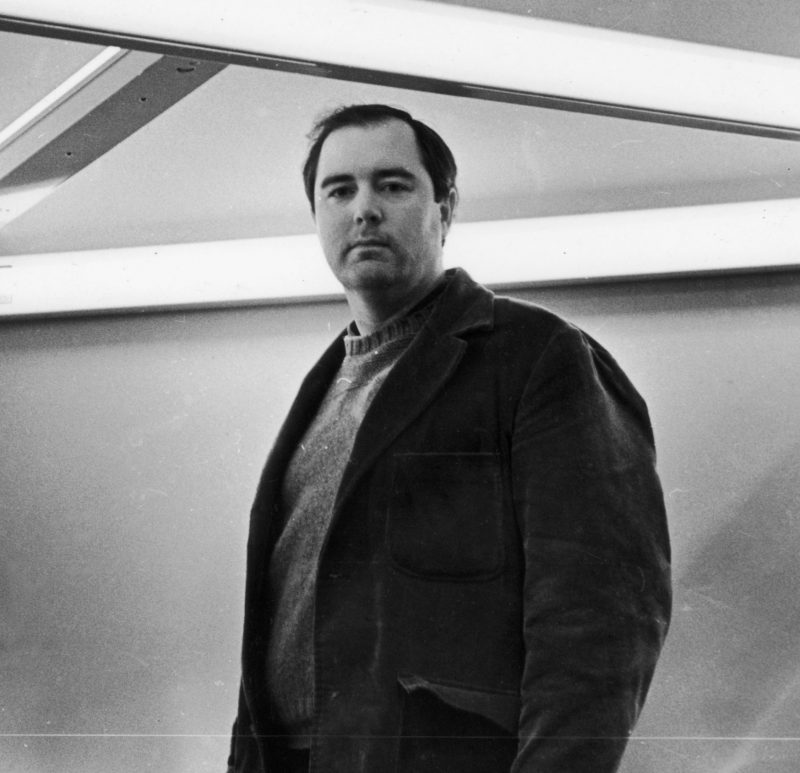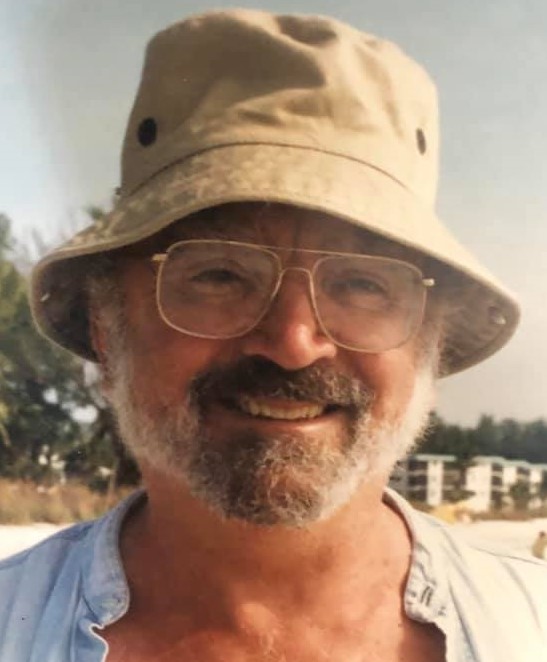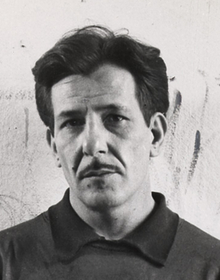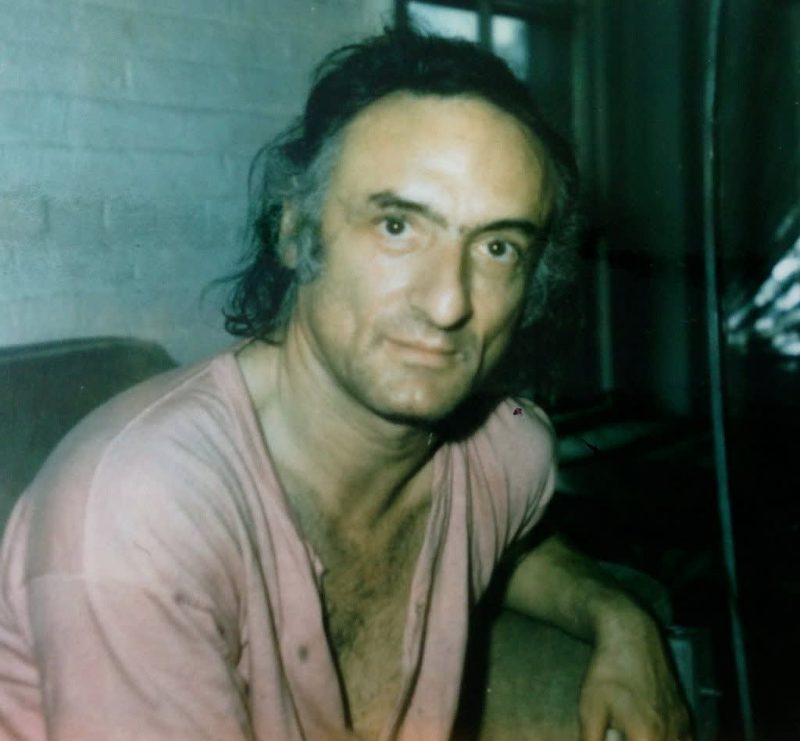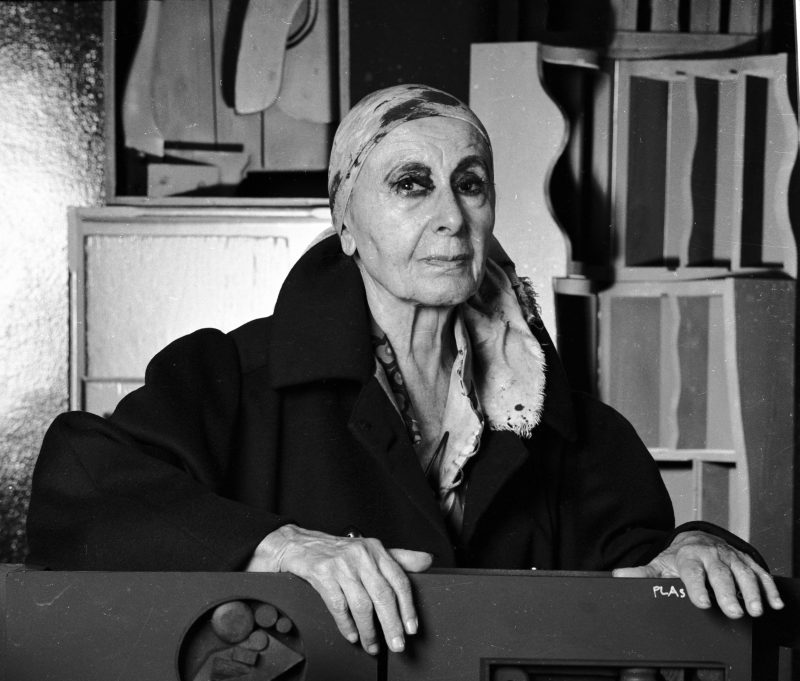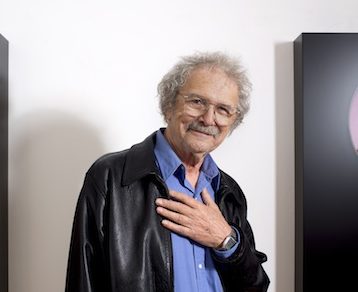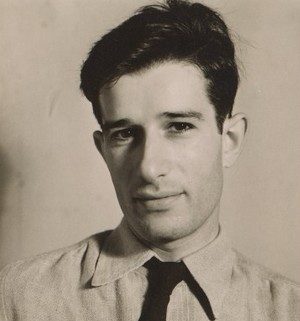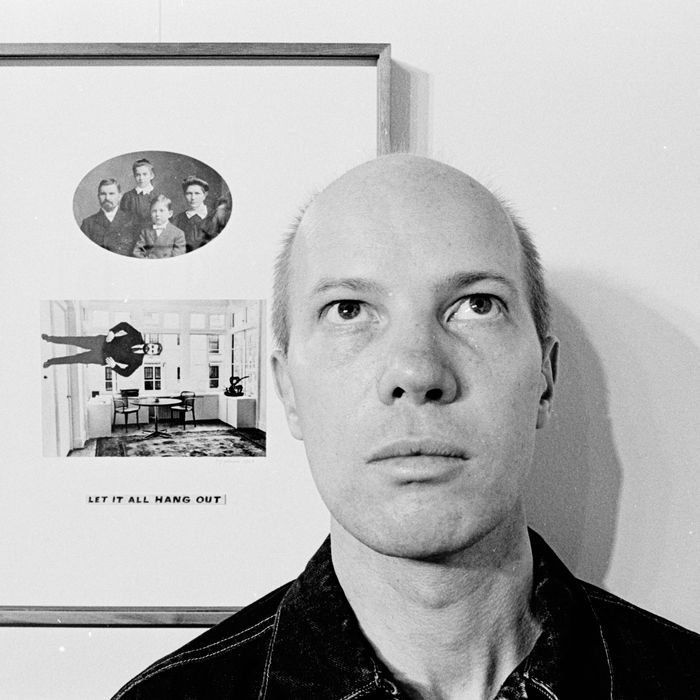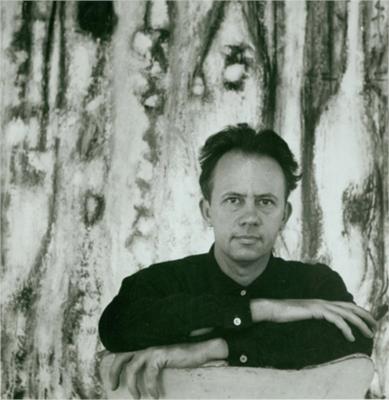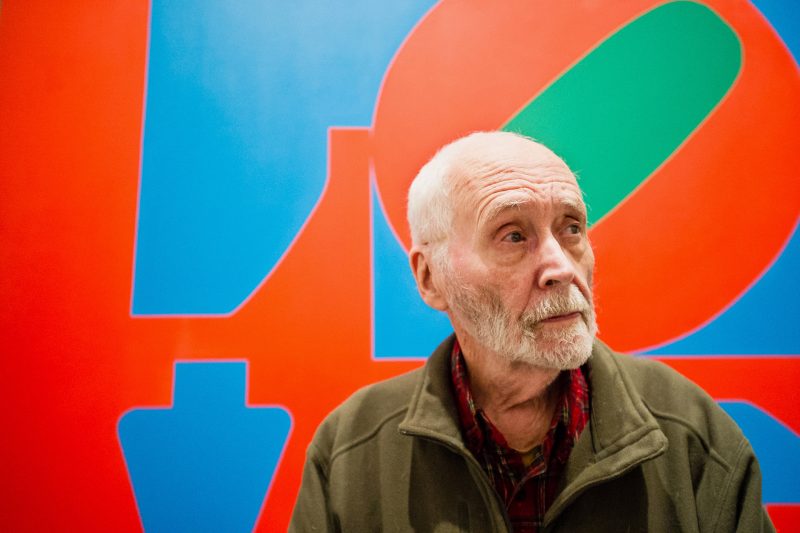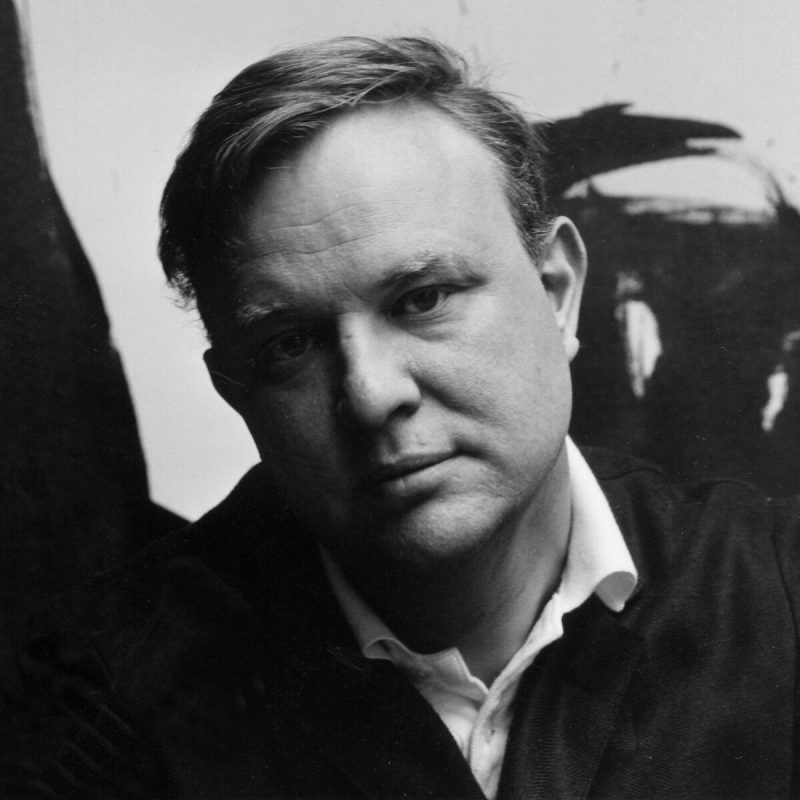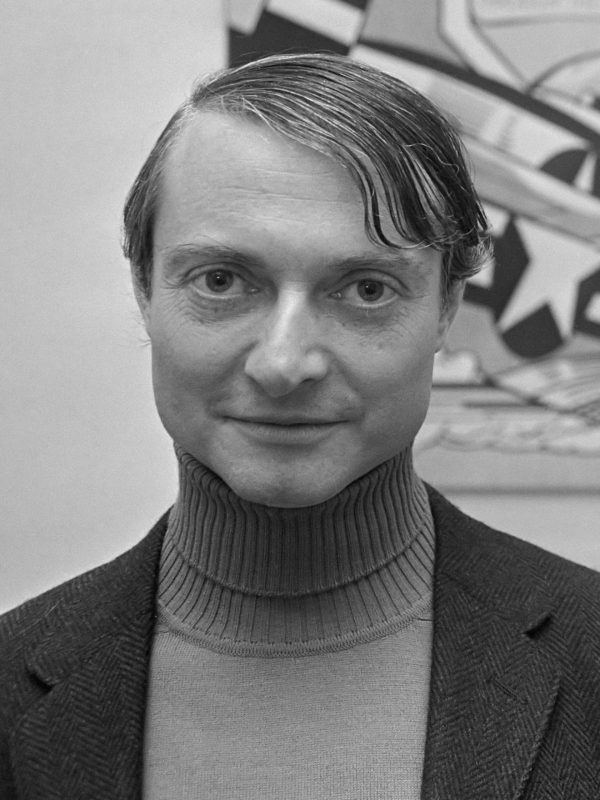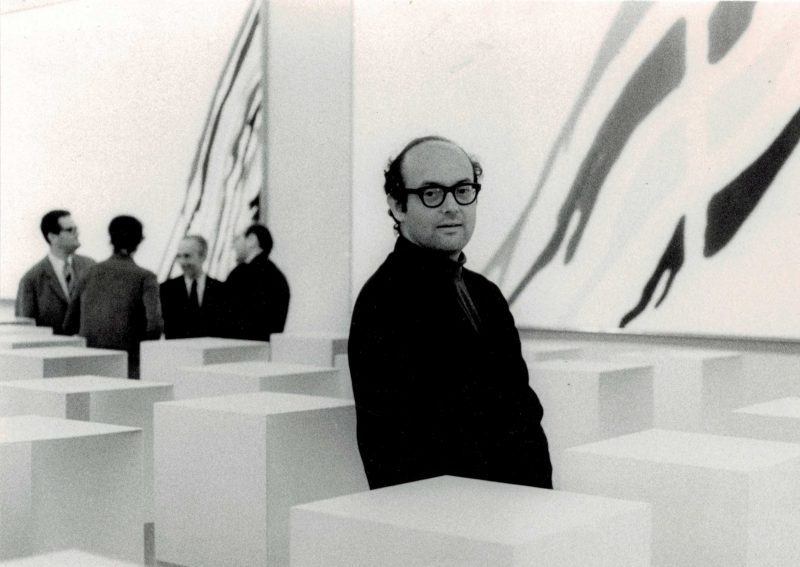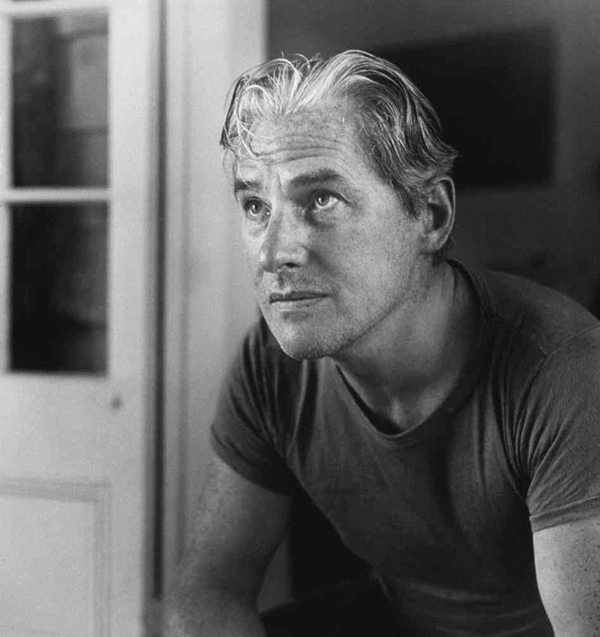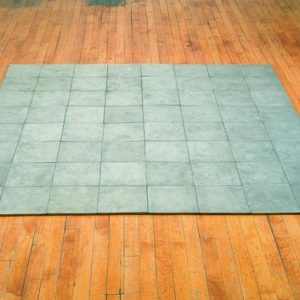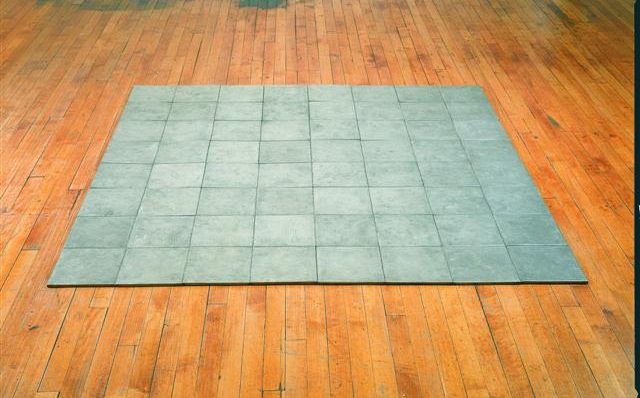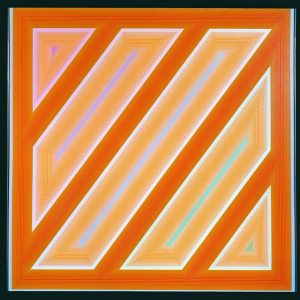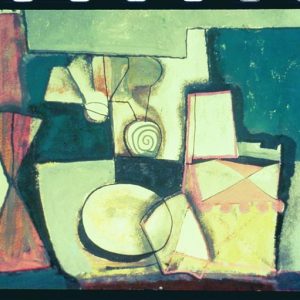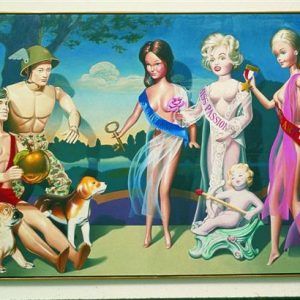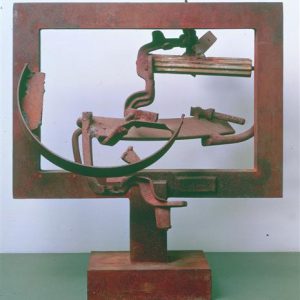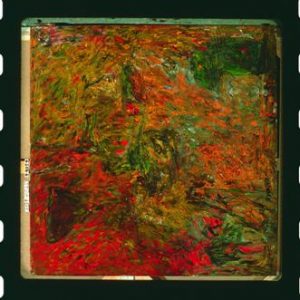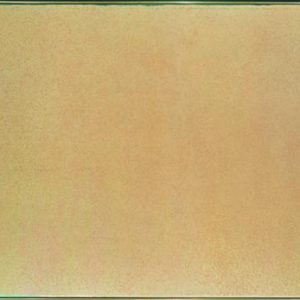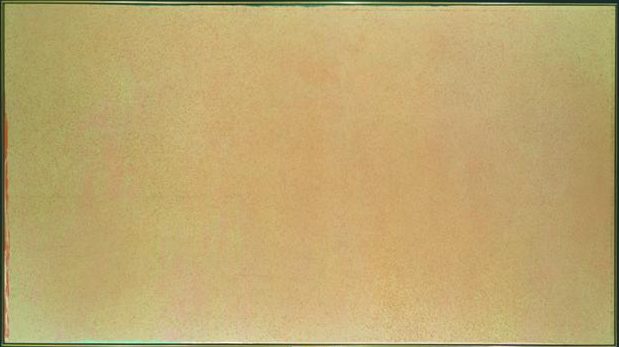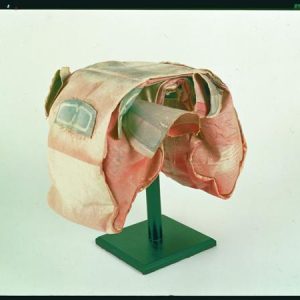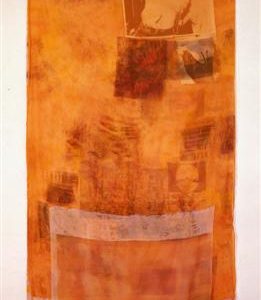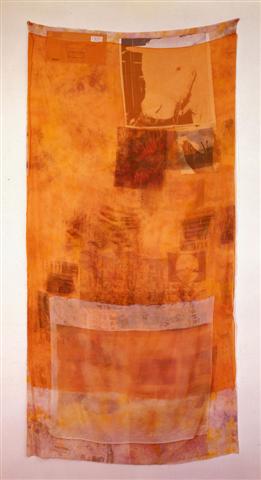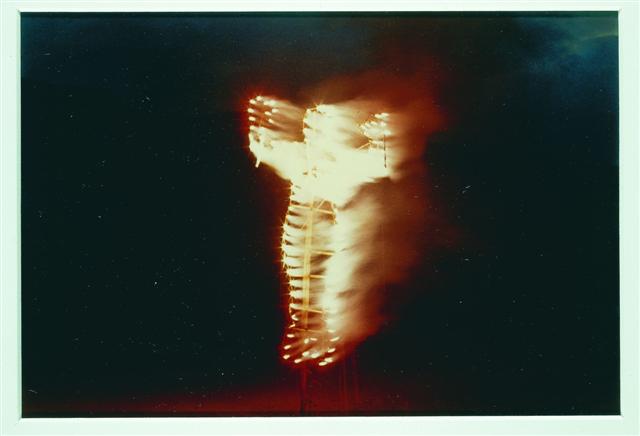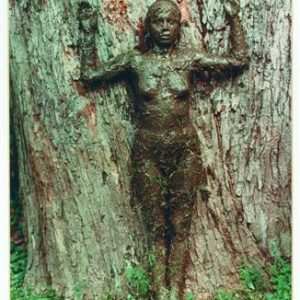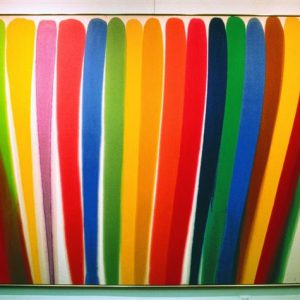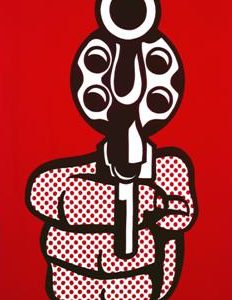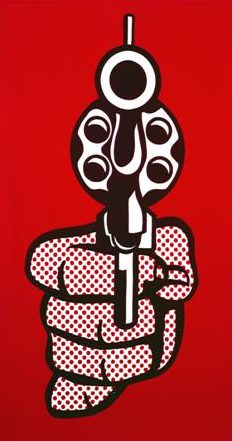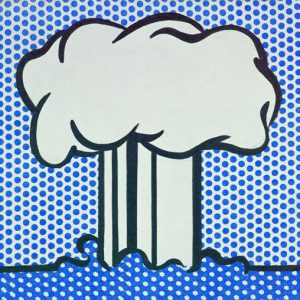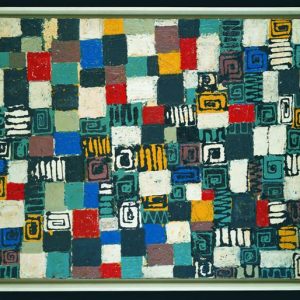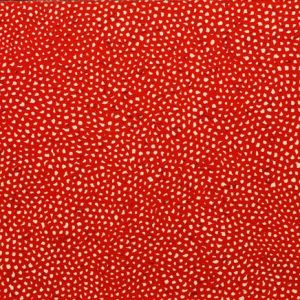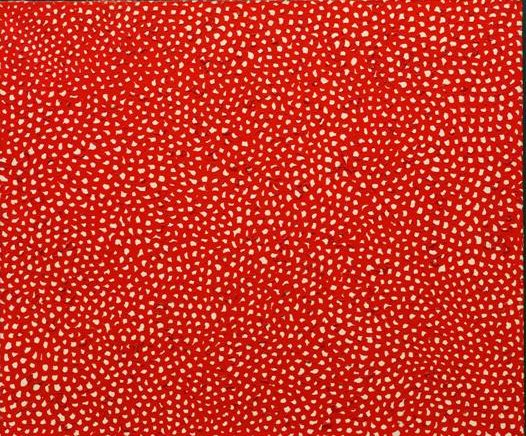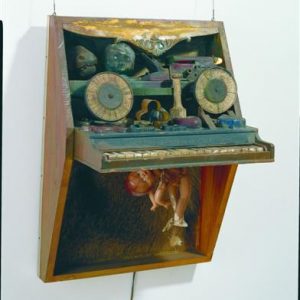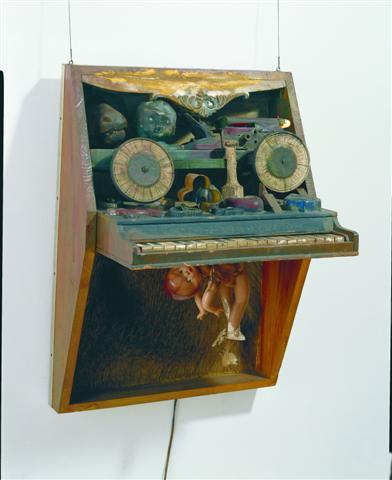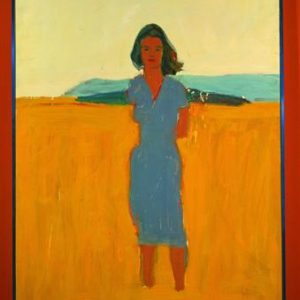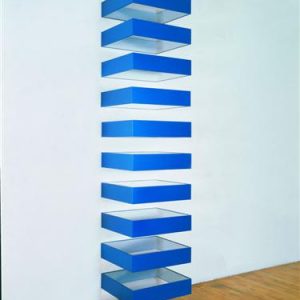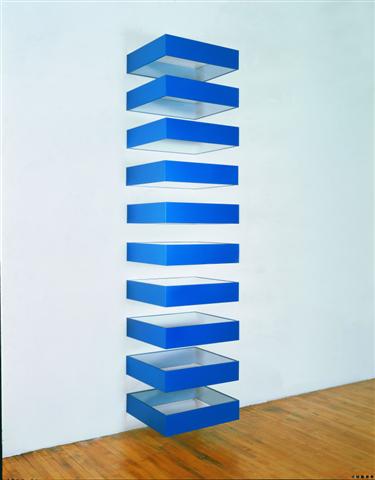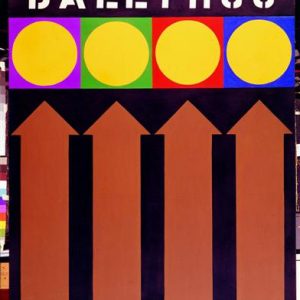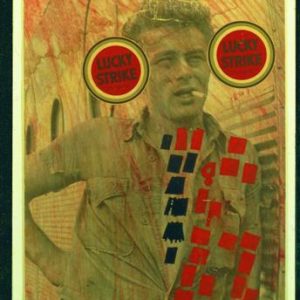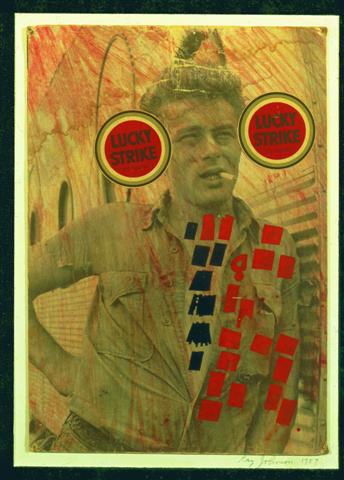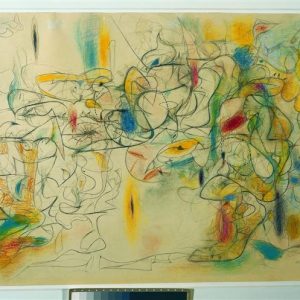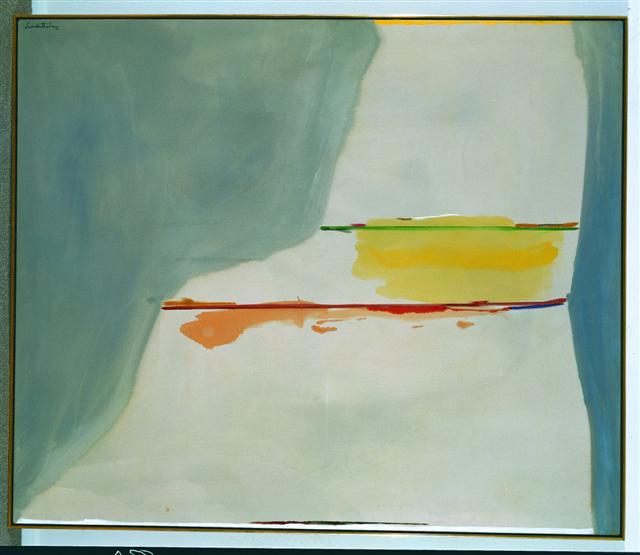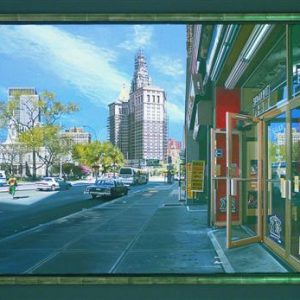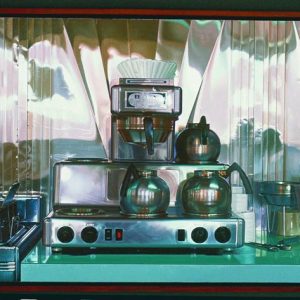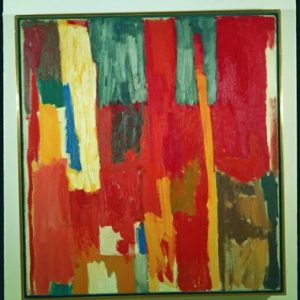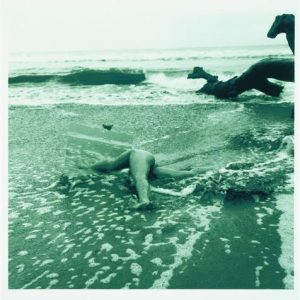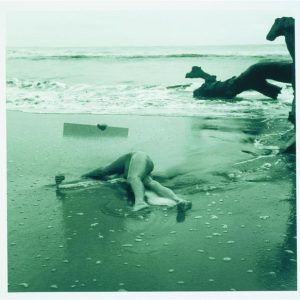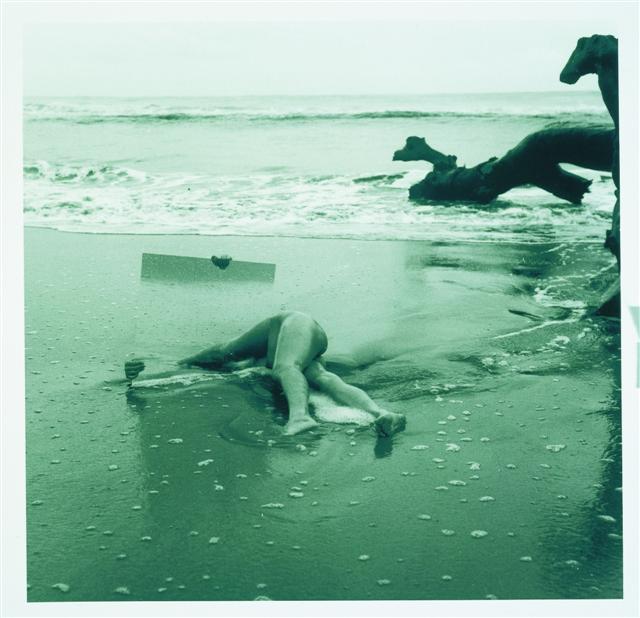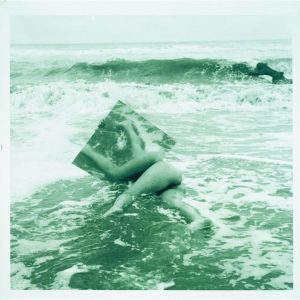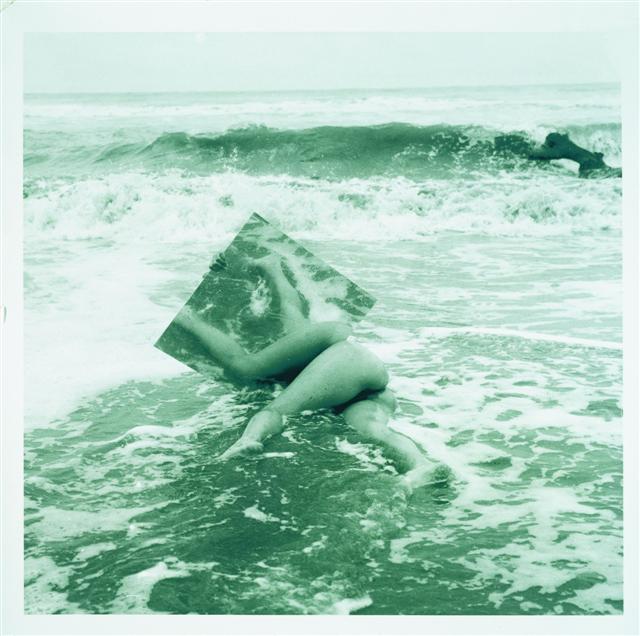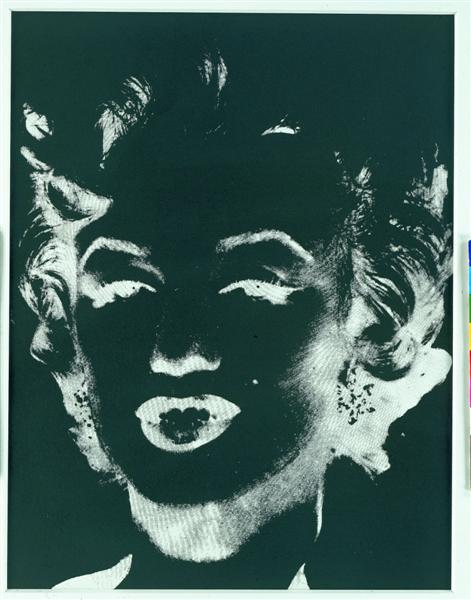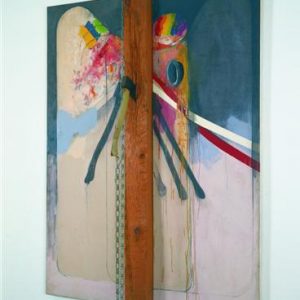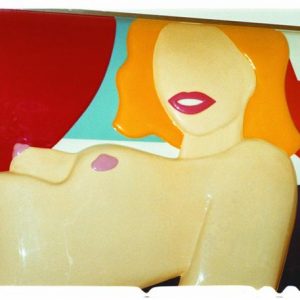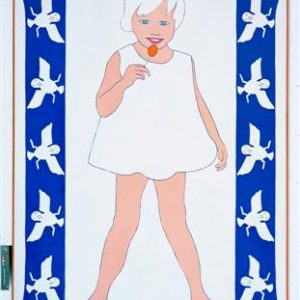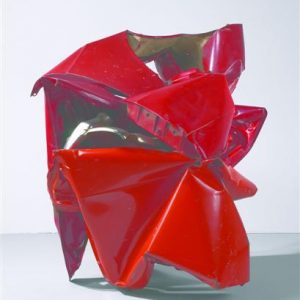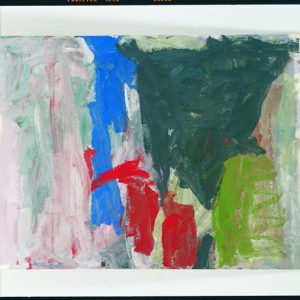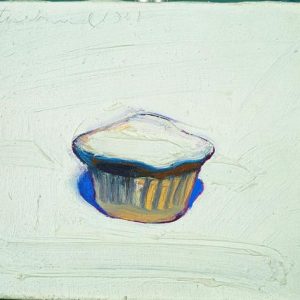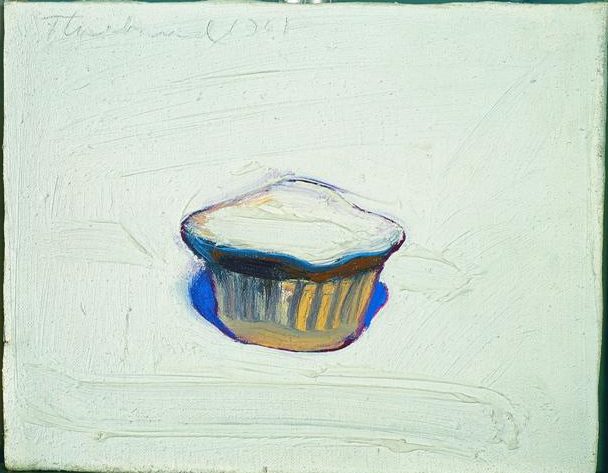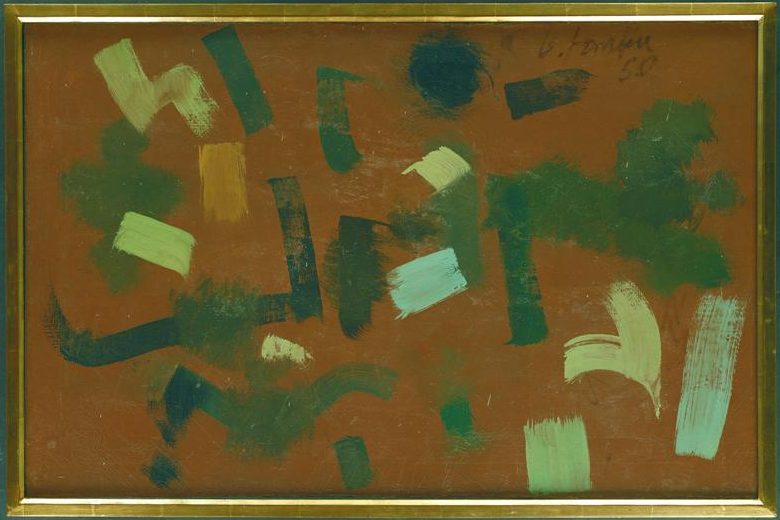An American Odyssey (1945/1980) [Debating Modernism] examines the early avant-garde movements in the United States, which reached maturity after the definitive shift of the world’s artistic center from Paris to New York, following the Second World War. The tragic consequences of this conflict brought about the breakdown of enthusiasm for early 20th-century European avant-garde tendencies. Â It was no longer possible, therefore, to ignore what Henry James called “the imagination of disaster.” Â The ideologies that attracted intellectuals during the 20’s and 30’s proved to be philosophies which did little to explain human behavior, and a great number of intellectuals refused to accept any pre-established formulae, be they Marxist, nationalist, Freudian, or Utopian. Â The abstract expressionists began to trust in their own experiences and vision, which they transmitted to the canvas in the most direct way they knew how. They refused to put limits on the emotional content of their painting and accepted ambiguity and irrationality as inherent features of human nature. Robert Motherwell stressed the fact that the response of the abstract expressionists to modern life was rebellious, individualistic, unconventional, sensitive, irritable….” this attitude arose from the feeling of having discovered a profound malaise in the universe.” Â Despite their impassioned appreciation of individuality, the abstract expressionists were confident that their personal expression would awaken intimate emotions, common to all men, and in this way become communicable.
That moment witnessed the germination of one of the most fruitful periods in the history of contemporary art, which apart from the above-mentioned abstract expressionism, embraced movements as significant as post-painterly abstraction, minimalism, new North American realism, assemblage and pop art. Â It is precisely that period, spanning the second half of the 40’s to the frothy 80’s which is covered in An American Odyssey. Â It is an ambitious project both in its scope and complexity showcasing works from private collections, galleries, museums, and foundations.
American Odyssey traveled three cities in Spain before making its final stop in the Gallery on October 24, 2004.
Place: Circulo De Bellas Artes, Madrid, Spain – Date: April 13, 2004
Place: Domus Artium, Salamanca, Spain, Date: June and July 2004
Place: La Coruna, Spain, Date: August and September 2004
Lectures featured in the exhibition:
Thursday, November 4, 2004 – 7 PM
Stephen Foster is an expert in early twentieth-century European and mid-twentieth century American art and a renowned curator, historian, and author. Among his many and varied accomplishments, he has curated numerous exhibitions including Franz Kline: Art and the Structure of Identity; The World According to Dada; and The Avant-Garde and the Text on which he collaborated with Neo-Dadaism specialist Estera Milman. Dr. Foster also has a wide array of publications and articles to his credit including Hans Richter: Activism, Modernism, and the Avant-Garde, contributing editor (Cambridge: The MIT Press, 1998); “Event” Art and Art Events, contributing editor (Ann Arbor: UMI Research Press, 1988); Dada/Dimensions, contributing editor (Ann Arbor: UMI Research Press, 1985) and The Critics of Abstract Expressionism (Ann Arbor: UMI Research Press, 1980, 1985).; A recipient of awards from the National Endowment for the Arts and the National Endowment of the Humanities, for which he also has been a reviewer since 1979, and reviewer of the Getty Post-Doctoral Grant Program since 1993, Dr. Foster also was named a Smithsonian and Mellow Fellow. An academician, Dr. Foster served at the University of Iowa from 1974-2001 and was the Chair of its Cultural Affairs Council from 1993-2001
Thursday, November 18, 2004 – 7 PM
Dore Ashton is among the world’s most authoritative critics of modern and contemporary art. She has written some 30 books, the majority about modern art and culture, and thousands of essays and critiques about a variety of topics from poetry to politics.  Her publications include Noguchi East and West, About Rothko, American Art Since 1945, The New York School: A Cultural Reckoning, and A Reading of Modern Art. A distinguished teacher, Ashton has won many awards and recognition including Guggenheim Foundation Fellowships in 1963 and 1969. Dore Ashton is a Professor of Art History at the Cooper Union in New York City and an adjunct professor at Yale University.
Thursday, December 2, 2004 – 7 PM
Donald Kuspit is one of the most renowned art critics in the United States. He is the editor of Art Criticism magazine and a contributing editor to ArtForum, Sculpture, and Tema Celeste magazines. He has authored several publications including The Cult of the Avant-Garde Artist (1995); The Dialectic of Decadence (1993; re-edited in 2000); The New Subjectivism: Art in the 1980s (1988); Sign of Psyche in Modern and Post-modern Art (1994); and most recently “The End of Art†(2003). He serves on the Board of Directors of the Lucy Daniels Foundation for the study of creative psychoanalysis.  He holds doctorates in art history and philosophy and teaches at the State University of New York at Stony Brook.
Thursday, December 16, 2004 – 7 PM
John Yau is an art critic, poet, essayist, and editor of Black Square Editions. His collections of poetry include Borrowed Love Poems (Penguin2002), and My Heart is That Eternal Rose Tattoo (2001).  His essays about poetry and art are published frequently by the University of Michigan with the title The Passionate Spectators. He also is a contributor to numerous art publications including Art Forum, Art in America, and most recently Art on Paper. John Yau has received awards and fellowships from the National Endowment for the Arts, the New York Foundation for the Arts, the General Electric Foundation, and the Academy of American Poets. He is a professor at the Maryland Institute of the College of Art.

